Medical expert of the article
New publications
Preparations
Creams and ointments for foot fungus
Last reviewed: 03.07.2025

All iLive content is medically reviewed or fact checked to ensure as much factual accuracy as possible.
We have strict sourcing guidelines and only link to reputable media sites, academic research institutions and, whenever possible, medically peer reviewed studies. Note that the numbers in parentheses ([1], [2], etc.) are clickable links to these studies.
If you feel that any of our content is inaccurate, out-of-date, or otherwise questionable, please select it and press Ctrl + Enter.
Indications for use
An indication for the use of any ointment or cream for foot fungus is mycosis of the skin, caused mainly by Candida fungi. Today, it is very easy to get infected with a fungus, but it is quite difficult to cure this disease. It is worth understanding that no matter how effective the ointment is, it must be used in combination with other drugs. Local treatments are suitable only in the initial stages of the disease.
Mycosis of the foot is caused by more than 500 types of fungi. Therefore, the same disease in different people may differ in clinical manifestations and the mechanism of damage. In order to choose the right ointment for foot fungus, it is necessary to first conduct a laboratory study. Only then will the treatment be effective.
Read also:
Pharmacodynamics and pharmacokinetics
Here we will consider the pharmacokinetics of cream and ointment for foot fungus using the popular drug "Lamisil" as an example.
The drug inhibits squalene epoxidase in the cell membrane of the microorganism, thereby suppressing the biosynthesis of sterols in the stroma at early stages of development. It also helps to create a deficiency of ergosterol, which leads to the accumulation of squalene inside the cell. This causes the death of fungi. It is active against mold fungi, dermatophytes, some dimorphic fungi, and yeast fungi.
The most popular drug for foot fungus today is considered to be the ointment "Lamisil". Therefore, we will consider its pharmacokinetics in this section.
When applied locally, only 5% of the product is systemically absorbed.
Names of ointments and creams for foot fungus
In pharmacies today, customers can find various names of ointments for foot fungus. They all differ in their composition and mode of action. The most effective and efficient ones are described here:
Zalain. The active ingredient of the cream is sertaconazole nitrate. It has an excellent antifungal effect. It is active against most fungi and bacteria. Apply evenly over the entire affected area at least twice a day. It is necessary to capture at least 1 cm of skin around the affected area. Therapy can last at least two weeks, but the duration of treatment depends entirely on how localized the infection is.
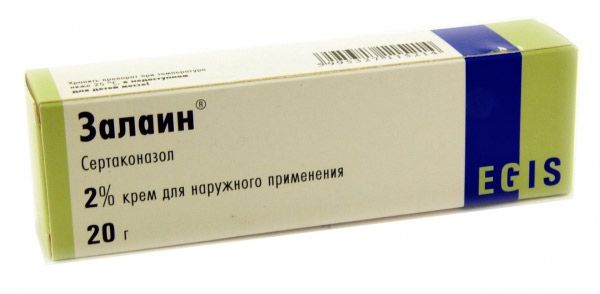
Zalain is not recommended for people with hypersensitivity to sertaconazole nitrate. As a rule, it is not used during pregnancy and breastfeeding (only in extreme cases as prescribed by a doctor). Side effects are usually rare, among them are: dermatitis, erythematous reactions that pass on their own. No separate treatment is needed.
Candid. Clotrimazole is the basis of this antifungal drug. The ointment can only be applied to previously cleaned and dried skin that has been damaged. It is recommended to use a small amount of the drug at a time. It is necessary to apply at least twice (possibly three times) per day. For the treatment to be effective, specialists recommend not to stop when the main symptoms have passed. Continue applying the cream for another two weeks after they have disappeared.
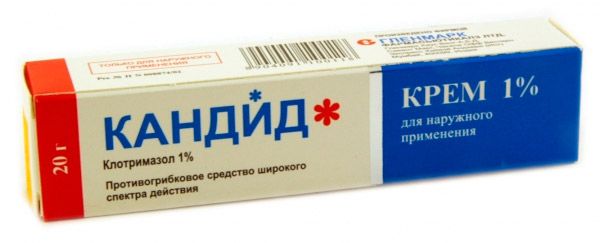
Contraindications for use:
- Pregnancy (only if the disease is too extensive).
- Breastfeeding.
- Clotrimazole intolerance.
Side effects sometimes include minor skin irritation, which goes away fairly quickly without treatment.
Nizoral. The active ingredient is ketoconazole. This is why the drug has strong fungicidal and mycostatic effects. To achieve a positive result, the following dosage is recommended: apply a thin and even layer to the skin (damaged and adjacent) once a day, do not rub. The average duration of therapy is four to six weeks.
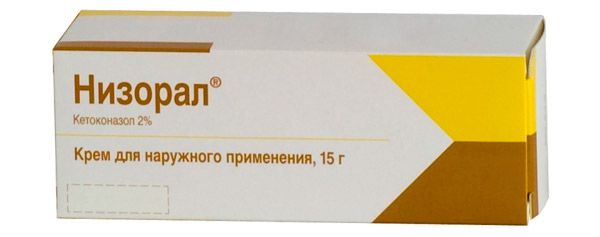
In case of overdose of the cream, erythema, burning, and swelling may occur. To improve the condition, you should immediately stop using the drug. Individual intolerance to ketoconazole is a contraindication to the use of the drug. During pregnancy, the use of Nizoral is quite safe, but should be done under the supervision of a specialist. The main side effects are: burning, redness of the skin, allergy, hypersensitivity, itching, erythema.
Lamisil
A remedy that is often used to treat foot fungus. It is based on the active ingredient terbinafine hydrochloride. It has a fairly broad spectrum of activity against many fungi.
The drug can only be used from the age of twelve. The average dosage can be as follows: apply twice a day to previously cleaned and dried skin that has received damage. Use a small amount of ointment and rub in lightly. Therapy cannot last more than a week.
The patient may notice a positive effect from using the product after the first application. If the treatment is irregular or frequently interrupted, there is a possibility of the disease recurring.
The cream may cause complications in case of renal and hepatic insufficiency. It is contraindicated for chronic alcoholics or people with abnormal metabolism. During pregnancy, it is prescribed only under strict medical supervision. If you have hypersensitivity to terbinafine hydrochloride, the drug is contraindicated.
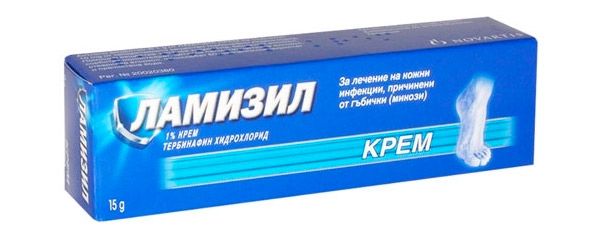
Side effects are quite rare. Among them, it is worth highlighting various allergic reactions (rash, itching, burning).
Clotrimazole
This is a popular antifungal drug that is based on the active action of clotrimazole. Many specialists, after diagnosing mycosis (fungus) of the feet, prescribe Clotrimazole as the main drug. Average dosage: twice (three times) a day in a small even layer. In this case, the skin must first be completely cleaned and dried well. The duration of therapy depends on the severity of the disease. Even when the symptoms have passed, it is recommended to continue treatment for at least another two weeks.
Nursing mothers should use the drug with caution and under close supervision of a specialist. At the beginning of pregnancy (first trimester), the ointment is completely contraindicated. Do not use if you suffer from clotrimazole intolerance. Patients with liver failure should use it with caution and constantly check the condition of the liver.
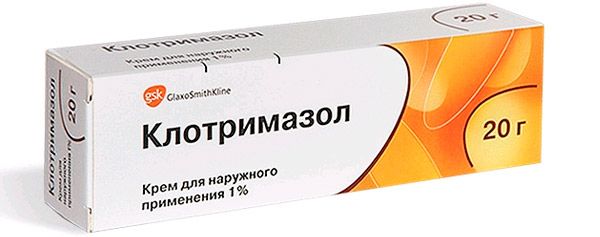
Among the most common side effects that may occur during the use of the ointment are: allergic reactions (mainly burning, itching, rash, redness), erythema, blisters, tingling sensation and peeling of the skin.
Exoderil
The drug is based on the active ingredient - naftifine hydrochloride. For effective treatment, the cream is applied to the affected areas of the skin and adjacent areas in a thin layer once a day. The skin should be cleaned and dried before the procedure.
The complexity of the disease greatly affects the duration of therapy. As a rule, the symptoms disappear after two to three weeks. To prevent relapses, Exoderil should be used for at least fourteen more days after all symptoms have disappeared.
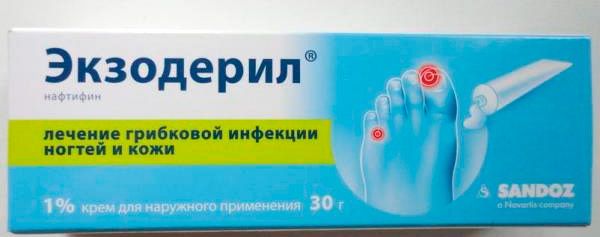
The drug is not used during pregnancy, as it can harm the fetus. The ointment is also contraindicated for nursing women, as well as for those who have an intolerance to the main substance. The drug is prohibited for children. If you use Exoderil, be prepared for some side effects (itching, hyperemia, allergies, dry skin, burning).
Zinc ointment
The drug perfectly dries the skin, disinfects it. It also has a good astringent and absorbent effect. This ointment copes well with various skin irritations and dermatitis. Zinc oxide is the basis of the ointment and its active substance. It is used only on the recommendation of a specialist. The dosage and duration of therapy depend only on the clinical picture of the disease and the extent of its spread.
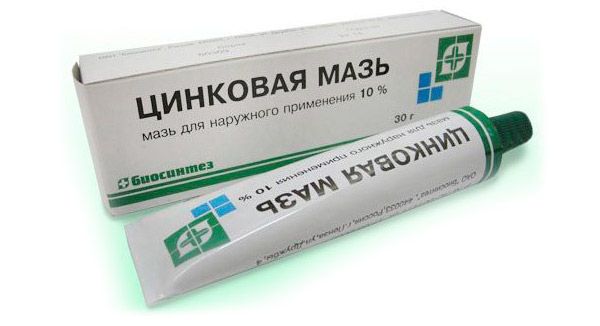
Side effects from using zinc ointment:
- Allergy.
- Itching
- Burning.
- Skin rash.
- Hyperemia.
One of the few ointments that can treat foot fungus during pregnancy. The only contraindication is zinc oxide intolerance.
Russian ointment for foot fungus
Antifungal ointment "Mikonorm", which is produced in Russia, is considered an affordable and effective remedy for treating foot fungus. It is based on terbinafine hydrochloride.
You can start using the ointment from the age of twelve. On average, the dosage can be as follows: use a small amount of ointment twice a day, rub into the affected skin and adjacent areas. This ointment for foot fungus helps to cure this unpleasant disease in just a week. At the same time, a decrease in the severity of symptoms is noticeable already on the first day of use.
Despite all the advantages, Mikonorm ointment is sometimes contraindicated. In particular, it is not recommended for use by patients with alcoholism, patients with abnormal metabolism, tumors, kidney and liver diseases. Intolerance to the substance can lead to allergic reactions.
The main side effects include allergic reactions in the form of rash, redness, itching and burning.
How to use ointments and creams for foot fungus
If you want to increase the effectiveness of using creams and ointments for foot fungus, you need to know how to use them correctly.
- Before applying the medicine to the affected area of skin, it must be thoroughly cleaned (with soap and hot water) and dried. You can add various herbs or regular soda to the water if desired.
- The ointment is applied in a small amount, lightly rubbing into the affected area.
- Try to treat your shoes and other items with special solutions every day.
- Avoid contact of the preparation with mucous membranes.
- Treat all affected areas simultaneously.
Using Ointments and Creams for Toenail Fungus During Pregnancy
Foot fungus often lies in wait for women during pregnancy. This happens because the body of pregnant women is more vulnerable. Treatment of this disease is greatly complicated in such an important period of every woman's life. If you notice the first symptoms of foot fungus, you should immediately consult a doctor who can prescribe effective and safe treatment.
Ointments for foot fungus are not always contraindicated during pregnancy. But they must be used with extreme caution so as not to harm yourself and the fetus. The safest products for pregnant women are: salicylic ointment, Lamisil, Clotrimazole, Nizoral. But these products must also be used with special care and in no case exceed the dosage prescribed by the doctor.
Contraindications for use
Ointments and creams for foot fungus are usually safe for the patient. The main contraindications to their use may be:
- Individual intolerance to the substances in the drug.
- High sensitivity to components.
- Early age (up to 12 years).
- Liver or kidney failure (use with caution).
- First trimester of pregnancy.
Side effects
The main side effects of ointments for foot fungus include: allergic reactions, contact dermatitis, erythema, itching, burning, redness, swelling of the skin, and skin rash.
If you notice these symptoms, you must immediately stop treatment. Side effects go away on their own, without special therapy.
Overdose
Overdosing on foot fungus ointment may cause swelling of the skin, contact dermatitis, redness, itching or burning. All these unpleasant symptoms go away on their own and without special therapy.
Storage conditions and shelf life
Ointments and creams for foot fungus should be stored out of reach of children, in a dark place at a temperature of 15 to 30 degrees. Please note that improper storage of any medication can increase its side effects. Be sure to read the instructions, which are always included with the medication.
As a rule, the shelf life of various external remedies for foot fungus is three to five years.
Effective ointment for foot fungus
It is difficult to understand which effective ointment for foot fungus is the best. Here everything depends on the patient's well-being, how well his body tolerates the various components included in various drugs, the degree of the disease and the localization of the infection. Many patients note that the ointment "Mikospor" helps to achieve an effective result.
This drug contains such active components as urea and bifonazole. Thanks to them, the ointment has a good antifungal effect. It is applied only once a day (a small amount of the product is used), unless otherwise recommended by the doctor. The average duration of therapy is four weeks.
The main contraindications for using the ointment:
- First trimester of pregnancy.
- Childhood.
- Lactation.
- Sensitivity that may cause allergies.
Side effects include: maceration, contact dermatitis, desquamation, erythema, allergy (rash and burning).
Cheap and effective ointments for foot fungus
If you do not have the opportunity to buy expensive drugs, but want to cure an unpleasant disease, you can pay attention to cheap ointments for foot fungus. Among them, the following should be highlighted:
Salicylic ointment. As the name suggests, the main component is salicylic acid. It has an antiseptic effect. It should not be used by patients with intolerance to this acid, as it can cause allergic reactions.
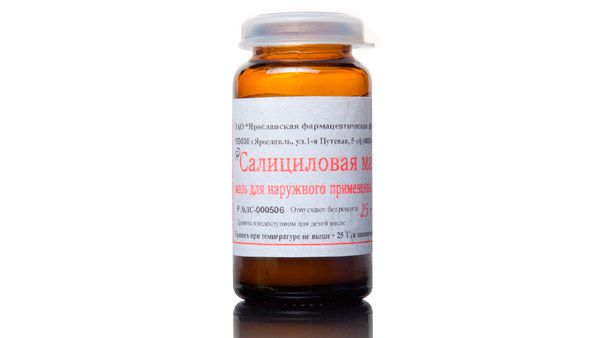
The ointment dosage is traditional: apply to the skin affected by the fungus two or three times a day. Do not forget that the skin must first be thoroughly cleaned. The therapy lasts from six to twenty days. The ointment rarely causes side effects. But patients may have: allergies, itching, peeling, redness, dryness, rash.
Average price of salicylic ointment: 13 UAH.
Sulfur ointment. Based on the action of the active component - sulfur. Due to this, the drug perfectly fights parasites, microbes and fungi, but is used mainly in combination therapy.
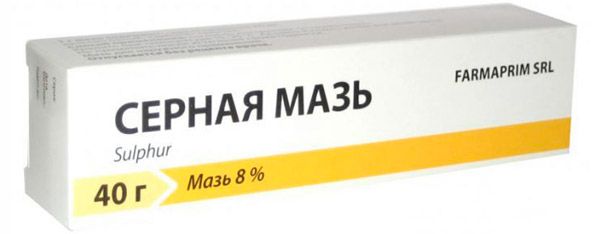
The usual dosage is: applied twice a day to the affected, cleansed and dried skin. Contraindicated for children under three years of age. Therapy continues until symptoms disappear. Contraindications for use: early age, pregnancy, breastfeeding, sensitivity to substances that may lead to allergies.
Average price of sulfur ointment: 4 UAH.
 [ 15 ]
[ 15 ]
Attention!
To simplify the perception of information, this instruction for use of the drug "Creams and ointments for foot fungus" translated and presented in a special form on the basis of the official instructions for medical use of the drug. Before use read the annotation that came directly to medicines.
Description provided for informational purposes and is not a guide to self-healing. The need for this drug, the purpose of the treatment regimen, methods and dose of the drug is determined solely by the attending physician. Self-medication is dangerous for your health.

